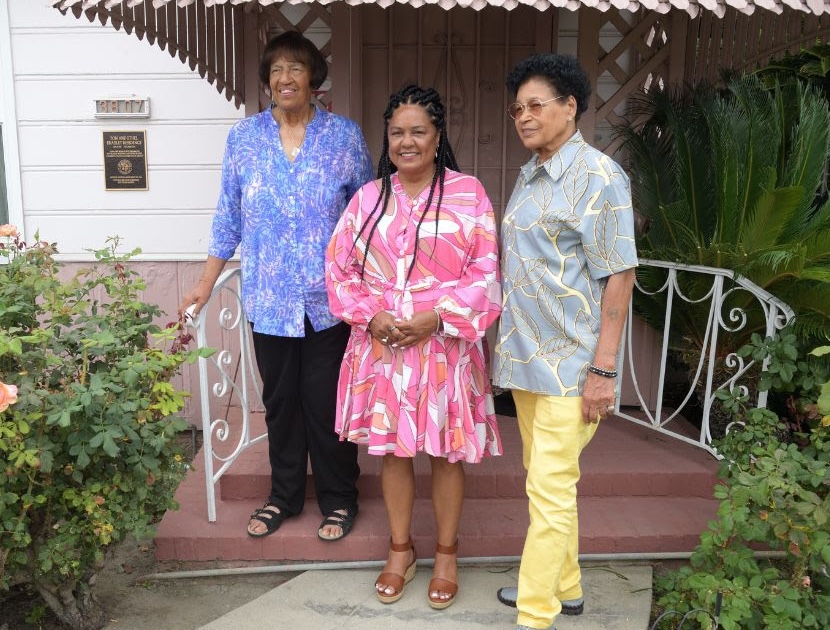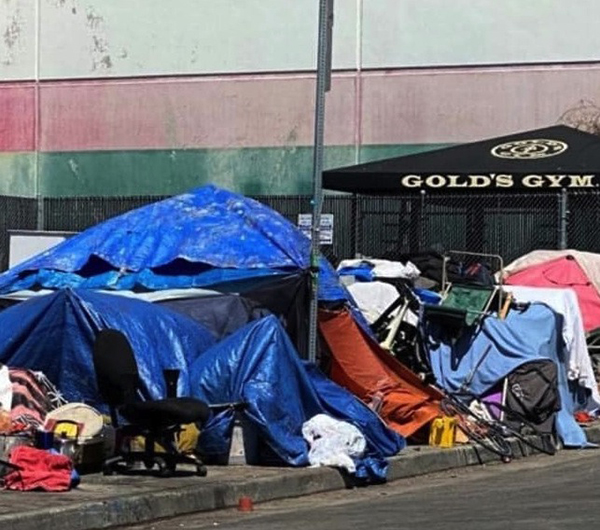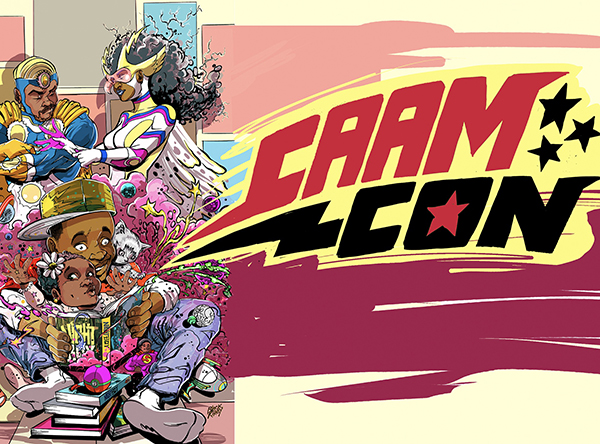Los Angeles honors Black history: Tom Bradley home and five landmark sites receive historic monument status

LOS ANGELES — Three years after Getty and the city announced a collaboration to honor historic Black places in the city, the first six sites have been announced.
The designations are the result of the ongoing work of African American Historic Places Los Angeles launched by the city and Getty in 2022 to identify, protect and celebrate the city’s Black heritage. Each site represents a unique piece of Los Angeles’ Black history.
The sites, all designated historical cultural monuments, include St. Elmo Village, the Tom and Ethel Bradley Residence, Jewel’s Catch One and the California Eagle offices in South Los Angeles. StylesVille Barbershop & Beauty Salon in Pacoima and New Bethel Baptist Church in Venice also were selected.
City Councilwoman Heather Hutt and representatives from Getty placed plaques designating the sites as historic monuments at the Bradley residence, St. Elmo’s Village and Jewel’s Catch One Aug. 14. The New Bethel Baptist Church and California Eagle office already had received their plaques. A celebration for StylesVille Barbershop & Beauty Salon will be held at a later date.
“These historic buildings are not only markers of our history but remain vibrant social and cultural hubs for the African American community in Los Angeles, connecting the past with the present,” said Rita Cofield, associate project specialist at the Getty Conservation Institute and leader of the African American Historic Places Los Angeles project. “Their official landmark status ensures that these cherished spaces and their legacy endure, inspiring generations to come.”
Three of the sites were in Hutt’s 10th Council District.
“As we unveil these plaques today, we’re doing more than just honoring legacies — we’re cementing their story in the permanent record of our city,” Hutt said. “We live in a time where accurate depictions of our history are often under threat, where important stories can be overlooked or even erased. Today, we take a stand against that. We are making a promise to future generations that this legacy of unity, service and courage will not be forgotten.”
“Council District 10 is the tapestry of Los Angeles, filled with the stories and histories of everyday Angelenos,” Hutt added. “These landmark designations are more than just plaques; they are powerful reminders of the strength and joy of Black L.A.”
“By honoring sites like St. Elmo Village, the Tom and Ethel Bradley Residence, and Jewel’s Catch One, we are not only preserving our city’s shared history, we’re ensuring that future generations recognize the vital role African Americans have played in shaping Los Angeles.”
An advisory committee comprised of civic, community and cultural leaders selected each site from the existing African American History of LA context document based on theme, geographic location and gender diversity that reflect various aspects of African-American heritage throughout the city. Sites went before the city’s Cultural Heritage Commission for nomination and were approved by the City Council.
St. Elmo’s Village, 4830 St. Elmo Drive, is an artist enclave comprised of residences, art studios and cultivated landscapes. Founded by family members Rozzell and Roderick Sykes, it became a permanent space to display their art and welcome local and national artists to create and exhibit their work.
The site was important to the Black cultural arts movement, was an artist and community haven and was an incubator for the Black Lives Matter movement. It is currently run by Jacqueline Alexander-Sykes and continues to host art workshops, festivals, and programs that engage local youth.
The Tom and Ethel Bradley Residence, 3807 Welland Ave, was purchased by Tom and Ethel Bradley in 1950 despite racially restrictive covenants in the Leimert Park neighborhood. Bradley was the first Black mayor of the city and spent 20 years in office, the longest tenure of any mayor in the city’s history.
Jewel’s Catch One, 4061 W. Pico Blvd. was the first African American female-owned disco in Los Angeles and one of the city’s first nightclubs that welcomed LGBT people of color.
Opened by Jewel Thais-Williams in 1973 and operated by her until 2015, it quickly became known as a hub for African American LGBT people while acting as a meeting space for numerous organizations during the HIV/AIDS epidemic.
Thias Williams died last month.
The California Eagle office, 4071-4075 S. Central Ave., was the former home of one of the longest-running Black-owned and operated newspapers in Los Angeles. The California Eagle Newspaper was established by John Neimore in 1895. It continued to thrive once Charlotta Bass took over after Neimore died in 1912. Bass was the first African-American woman to run a newspaper in the U.S. The newspaper vacated the building around 1954, moving to two other locations before it folded.
“Receiving this historic community monument designation is an important acknowledgement from the city that gives us fuel to continue the work of founders Rozelle and Roderick Sykes,” said acqueline Alexander-Sykes, artist, director, and steward of St. Elmo Village. “It recognizes and highlights the community and the community work that has helped St. Elmo Village to survive and thrive and ensures the Village remains a cornerstone of creativity in Los Angeles.”
“At a time when our diverse societies core values are being challenged, Los Angeles City Planning remains committed to serving all Angelenos with respect and dignity,” said Vince Bertoni, the city’s director of planning. “The adoption of these historic designations represent an exciting first milestone of the African American historic places Los Angeles partnership between the city and the Getty.”
The families of Tom and Ethel Bradley, Jewel Thais-Williams and the St. Elmo Village community were in attendance at the three plaque ceremonies Aug. 14.
“There are so many people here who have added something to this. This is a legacy for everybody here [because] so many have contributed to the legacy that will go on with these plaques,” Cofield from the Getty Conservation Institute said.





